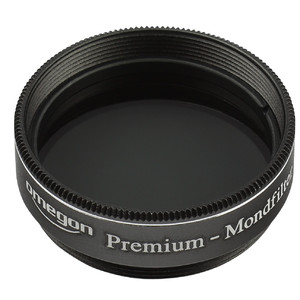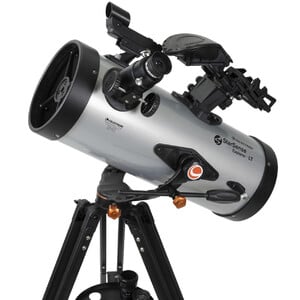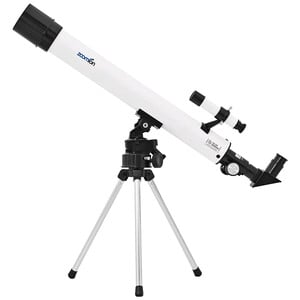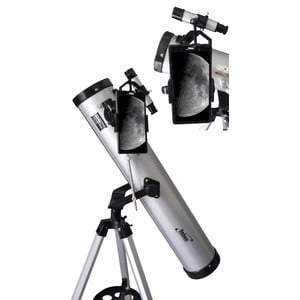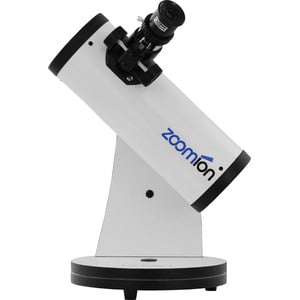The StarSense Explorer telescope uses your smartphone to analyze the night sky and calculate its position in real time. StarSense Explorer is ideal for beginners thanks to the app’s user-friendly interface and detailed tutorials. It’s like having your own personal tour guide of the night sky.
Leave complicated star charts, imprecise planetarium apps, and computerized mounts behind. With StarSense Explorer, locating objects has never been easier, faster, or more accurate. Within minutes of setting up the telescope, you’ll be navigating the sky with confidence. Simply place your phone in the unique StarSense dock and launch the StarSense Explorer app. After aligning your phone to the telescope’s optics (a quick, 2-minute procedure), StarSense Explorer generates a list of celestial objects currently visible. Make your selection and arrows appear onscreen, guiding you as you to move the telescope. When the object is ready to view, the bullseye turns green.
StarSense Explorer uses patent-pending technology and your smartphone to determine exactly where the telescope is pointed in the night sky. A Lost in Space Algorithm (LISA), like the ones satellites use in orbit to correctly reorient themselves, helps the app match star patterns it detects overhead to its internal database.
Even if you live in a light polluted city location, StarSense Explorer is advanced enough to be able to pick out Jupiter, Saturn, Venus, the Orion Nebula, double stars, and a few more of the most famous celestial objects.
The minimum SmartPhone requirements and a list of already tested models is available here: https://starsenseexplorer.simcur.com/
The Optics of the AC 70/700:
With its 70mm aperture, this refractor collects 100 times more light than the naked eye and substantially more light than a typical beginner telescope possessing an only slightly smaller aperture of 60mm. This means it also has a higher resolution and, with a maximum magnification of 140X, can already show you the larger surface features when observing planets such as Saturn, Jupiter and Mars. It is also very rewarding to observe the moon: One can beautifully observe the cratered landscape of the moon, which always looks different depending upon the moon's current phase. It is also interesting for nature watching in daylight - made possible by using an erecting lens or an Amici prism. Focusing takes place by means of a rack and pinion focus wheel at the focuser. This allows the image sharpness to always be precisely adjusted and to remain fixed during observing.
The optics are also highly suitable for use as a guide scope for astrophotography or guiding in conjunction with a larger telescope.
The azimuthal mount facilitates intuitive telescope movement and alignment with the desired celestial object.
It not only matters which telescope you buy but also where you buy it. Our additional services:
- We are a leading telescope dealer and know the devices we sell. Our customer service team will gladly help you after your purchase if you have problems with assembly or operation.
- We provide a copy of the 80-page Telescope ABC beginners handbook with every telescope.
